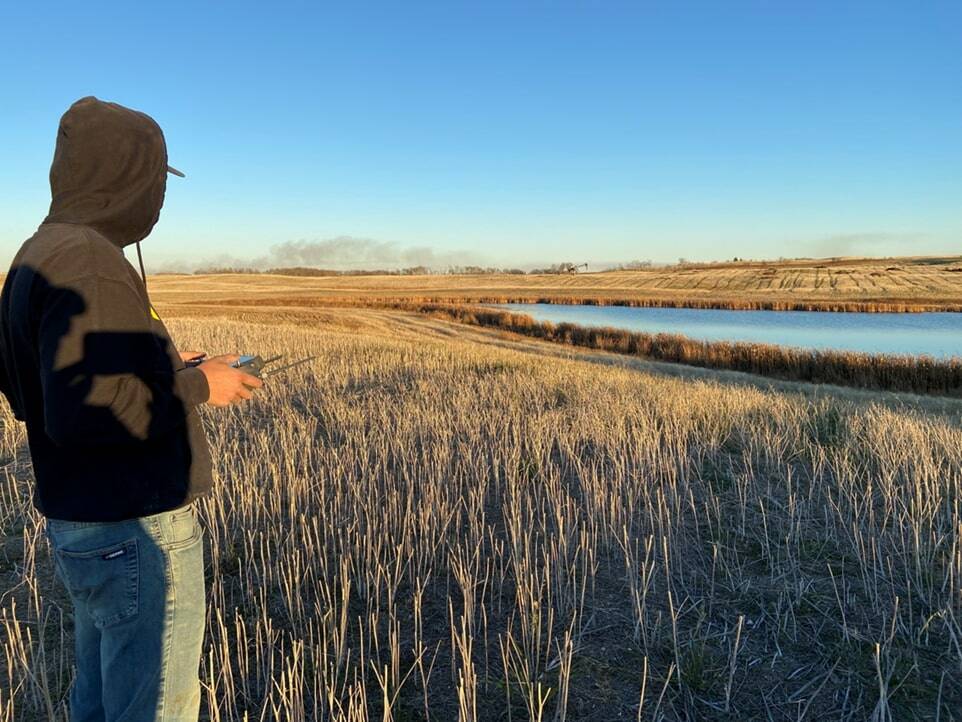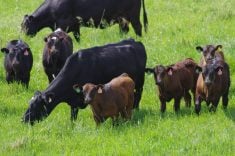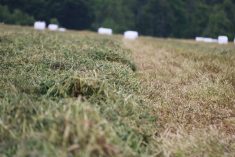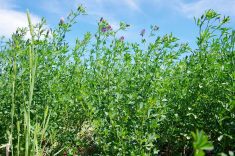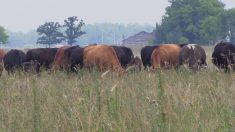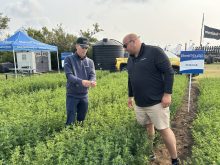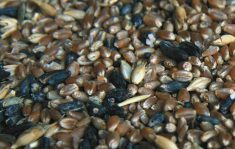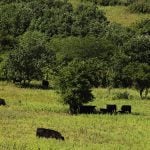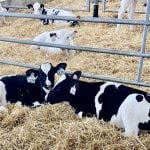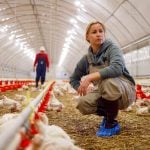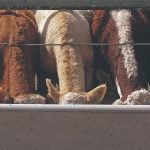Dormant seeding forage stands are a viable option for farmers who don’t have the time for planting it in the spring, have tight or small areas to seed, or have areas that are too wet in spring.
While it’s not a very common practice, largely due to skepticism of the cold winter temperatures involved, research shows that it can work well in Western Canada.
It can help forages gain an earlier start than weeds, giving the crop a better chance to out-compete weeds and reduce weed pressure throuthout the growing season. It can also decrease the risk of spring compaction and crusting which could reduce emergence and plant counts.
Read Also
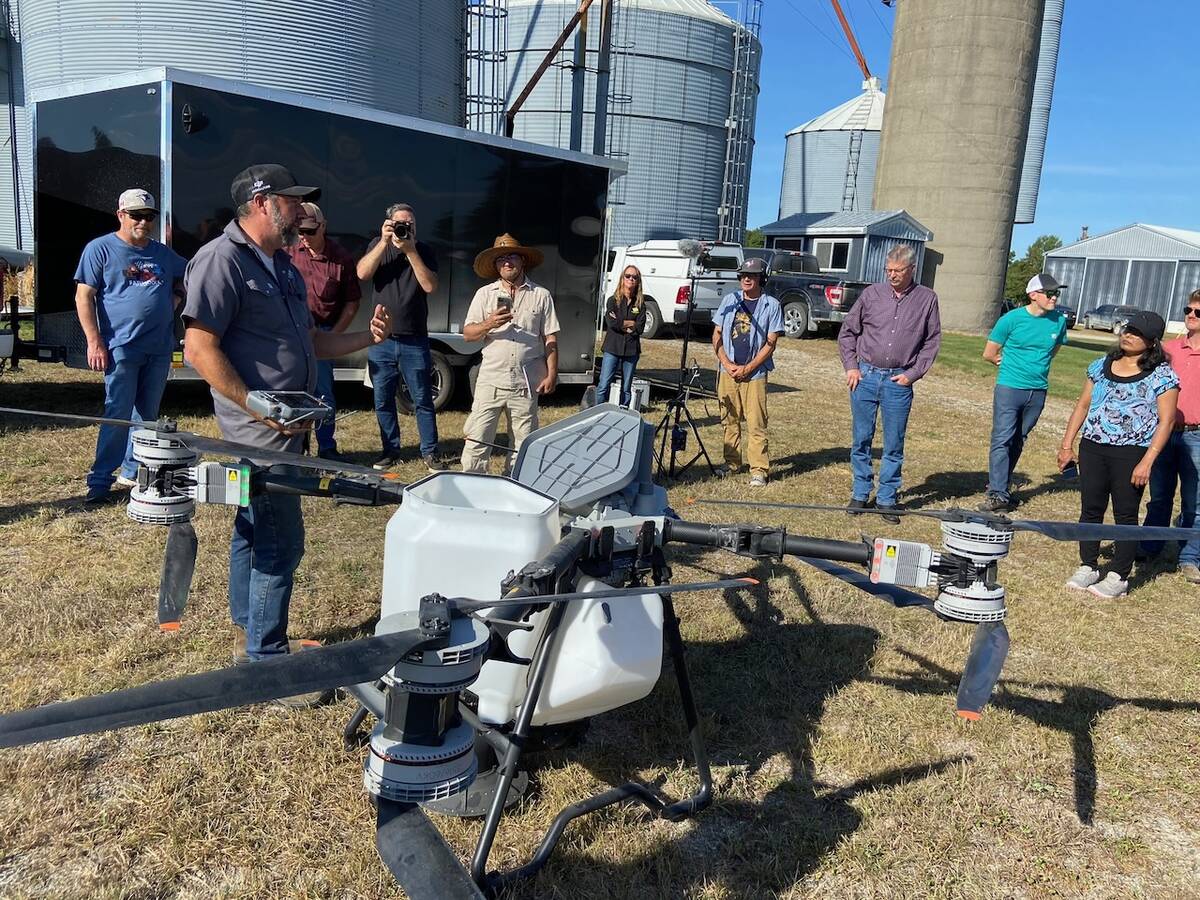
Drones jumpstart cover crop planting
Drones are a tool that can help farmers with cover crop planting in still-growing corn and soybeans.
Dormant seeding also makes a good fit for farmers looking to manage unproductive acres — like saline patches, soil crusting areas and problem weed patches like kochia and foxtail — in a way that won’t negatively affect their productive acres.
WHY IT MATTERS: Dormant seeding forages can give farmers an edge on managing challenging acres on their farm.
“By seeding those forages, it can help compete out those weeds and take over the area and fill in those bare patches,” said Jenai Buchanan, Ducks Unlimited Canada’s (DUC) marginal areas specialist for Manitoba. “It does take some time for the forages to fully take over. It can take two to three years to fully establish and touch up seeding is required. So patience is key.”
Dormant seeding falls into the eligibility of the DUC Marginal Areas Program which is available across the Prairies in the pothole region which spans southern Alberta, Saskatchewan and Manitoba.
The program started in 2019, and can help cover some of the costs of seeding and establishing a forage stand.
It’s to the benefit of farmers, their land, and to DUC as the intent is also to increase biodiversity and habitat of an area. Buchanan said the program is simple to enroll in, and Manitoba still has room. Eligibility for the program can be assessed on the DUC website or by calling the organization.
The key to dormant seeding is soil temperature. That’s why it’s not done until the end of October or into November, when the soil temperature drops below 5 C. The main goal is to ensure there is no germination or emergence in the fall.
Even if it’s cooler in the air, it can take longer for the soil to cool — just like it takes a while for it to warm up in spring.
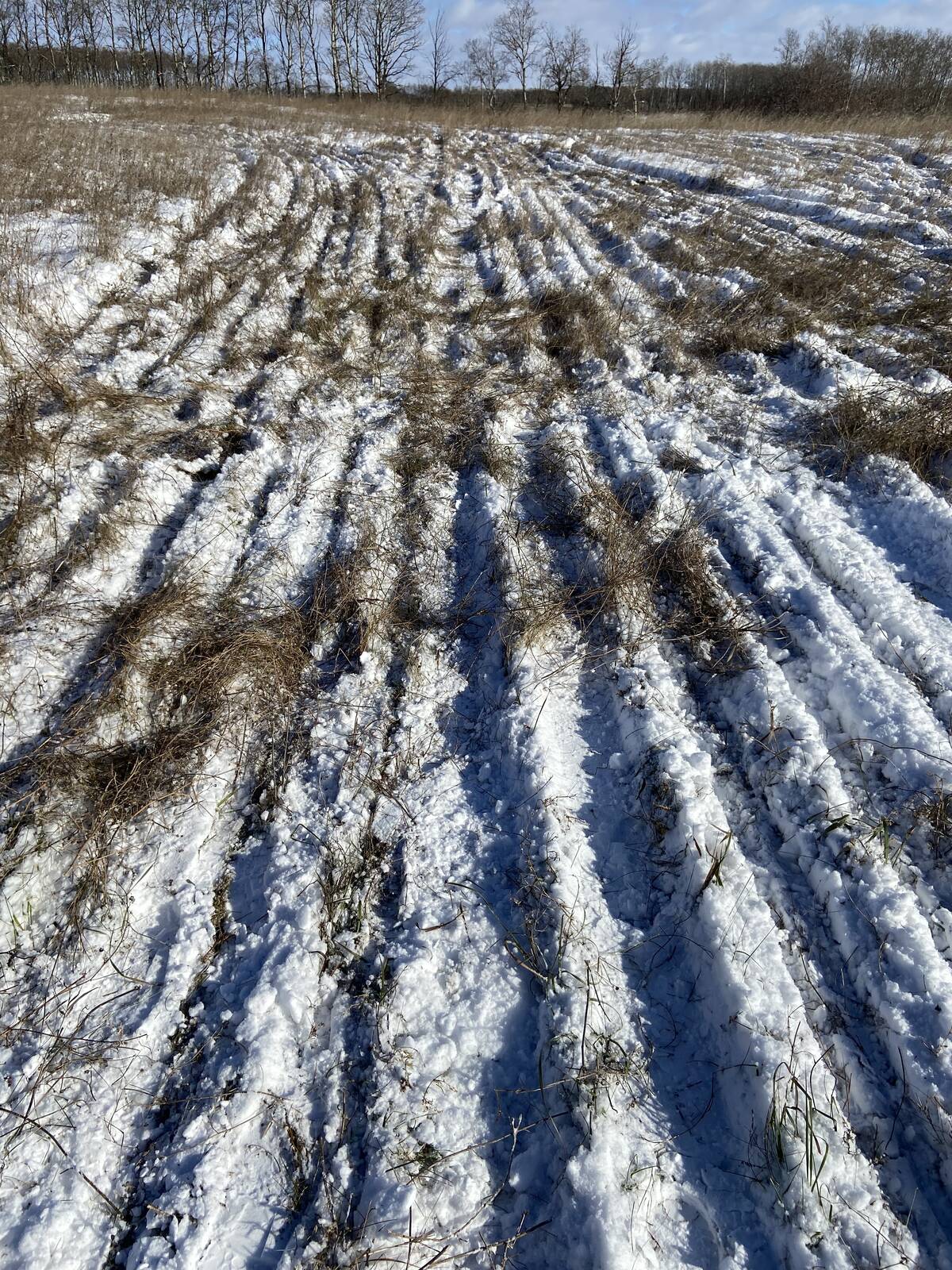
Jodie Horvath, a forage specialist for Canadian Forage and Grassland Association and an extension specialist with DUC in Saskatchewan, recommends waiting until the soil temperature drops further, to 2 C, to ensure there’s less risk of soil warming after a snow fall or if there’s a spurt of warm weather and hot sun.
If the seeds germinate in fall, they’ll winter kill and no longer be viable for spring — meaning a major loss for the field and the wallet. With that risk, a possible option is crop establishment insurance, Horvath added, but the terms can vary from province-to-province.
Tips and tricks
For the producers considering dormant seeding, Horvath and Buchanan have a few words of advice.
When it comes to the prep work, there is the field and the seed to consider.
The field must be clean of any weeds or cover crops. A fall burn off, tilling foxtail, or cutting down weeds are a few options to consider, but it all comes down to preference and knowing what’s best for the field. If a producer is considering a fall herbicide, Horvath had a word of warning, noting it’s important to know what was sprayed and how it could affect the forage crop being sown.
“You’re seeding right back into it, and you don’t want to set yourself up for a failure because of some residual herbicide,” Horvath said.

Use certified seed to ensure good germination, and consider the needs of the area and operation. Buchanan recommends diversity, notingfarmers should base their selections — of saline tolerant or flood tolerant forages for example — on what they’re seeing on their land.
When it comes to kochia, producers can consider custom blends and should employ strong weed control before seeding into it, such as mowing before it sets seed to help set it back and give next year’s forage a better chance.
Seed should also been sown at a heavy rate. It’s important to increase seed count by 30 per cent when dormant seeding to account for possible loss.
This increase isn’t uncommon when seeding into marginal areas, as Buchanan said even with spring seeding they recommend increasing by 15 per cent due to the challenging conditions for the forage seeds to compete in.
For the actual act of seeding, there are a few options: broadcast, seed drill or drone.
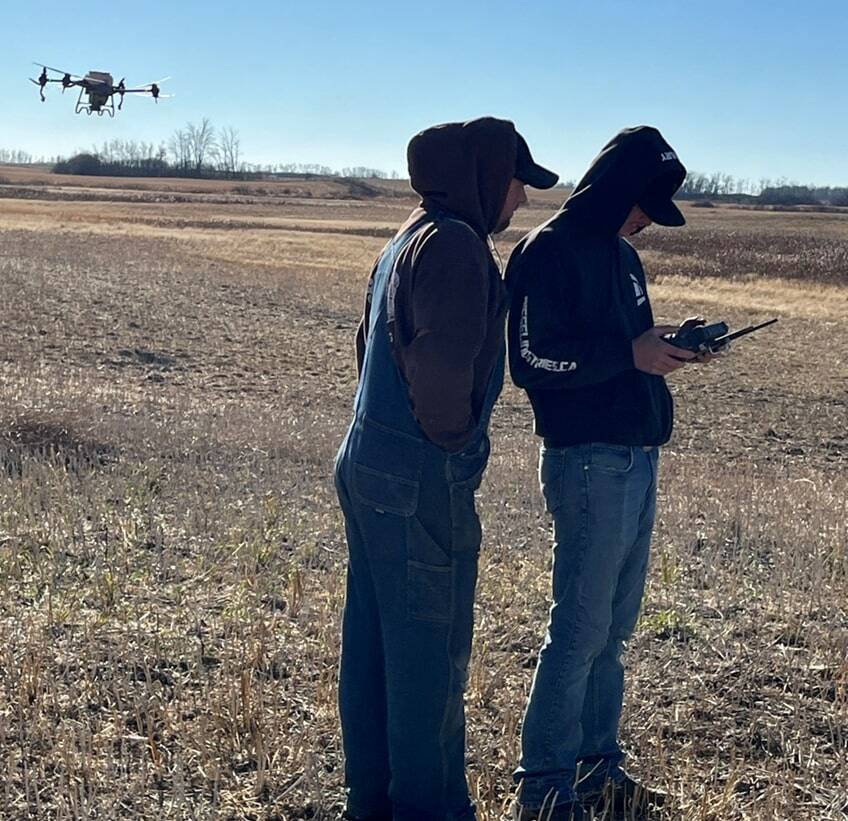
If seeding with a drill, the depth should be no deeper than an inch, similar to when seeding canola, since the seed itself is so small. Any deeper could cause reduced emergence and plant counts. If broadcasting with a seeder or drone, it’s important to harrow or roll afterward for adequate seed to soil contact.
“Broadcasting in the fall is a lot simpler,” Horvath said. “And the drone is really, really quite efficient at seeding, there’s no issues with blockage or anything that happens with a grass (forage) seed.”
Horvath has been part of a few trials and demonstrations with dormant seeding and marginal area seeding with drones. They’re a great option for seeding, if a producer has them. Last fall, she seeded 550 acres via drone, and had some mixed but overall good results this past spring for establishment. A year after seeding, the stand is looking well, she said.
However, it did take time — which is the most considerable piece the two experts warned. Patience is crucial, with a stand taking up to three years for resilient establishment.
“I think you have to be really cautious in the spring and when you use it next,” Horvath explained. “Like, don’t seed it in the fall and think you’re going to be having animals out there grazing (in the spring).”
In the first year, the plants are very vulnerable so animals could harm pull out the entire plant and harm establishment. However, cutting and baling come July is a safe option and also an excellent method of controlling any weeds growing in.
If producers want further advice, DUC is available with agronomic support for choosing seed blends, what to include in blends, as well as what methods to employ for strong establishment, and what to do once the stand is established.


